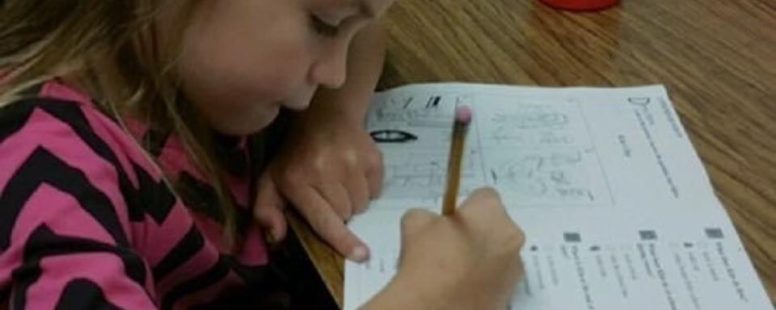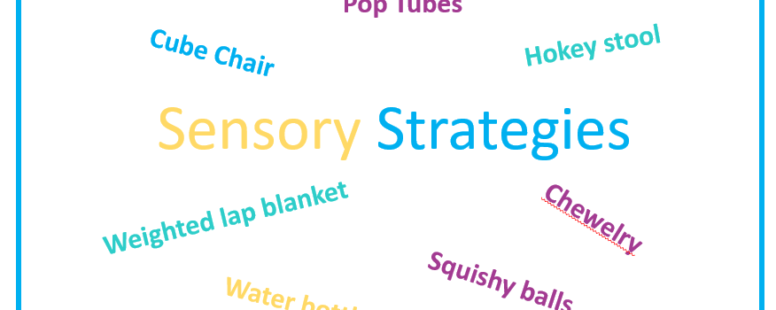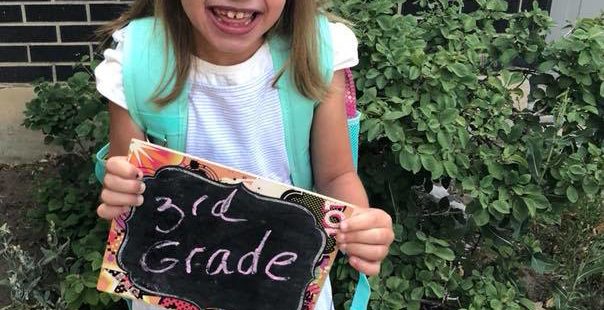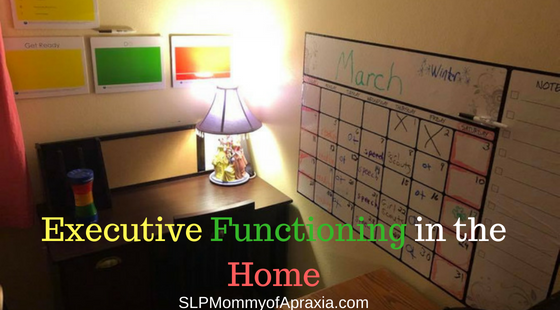Woes of regression
If you’ve ever watched your baby fail to meet the simplest of milestones.. If you’ve sat in meetings and offices and were told things like 1% percentile If you’ve felt a pain you can’t describe that is only eased by hope.. You know why regression hurts so much. If you’ve ever driven your child back and forth to countless therapies.. If you’ve ever felt a mix of pride, happiness, grief





